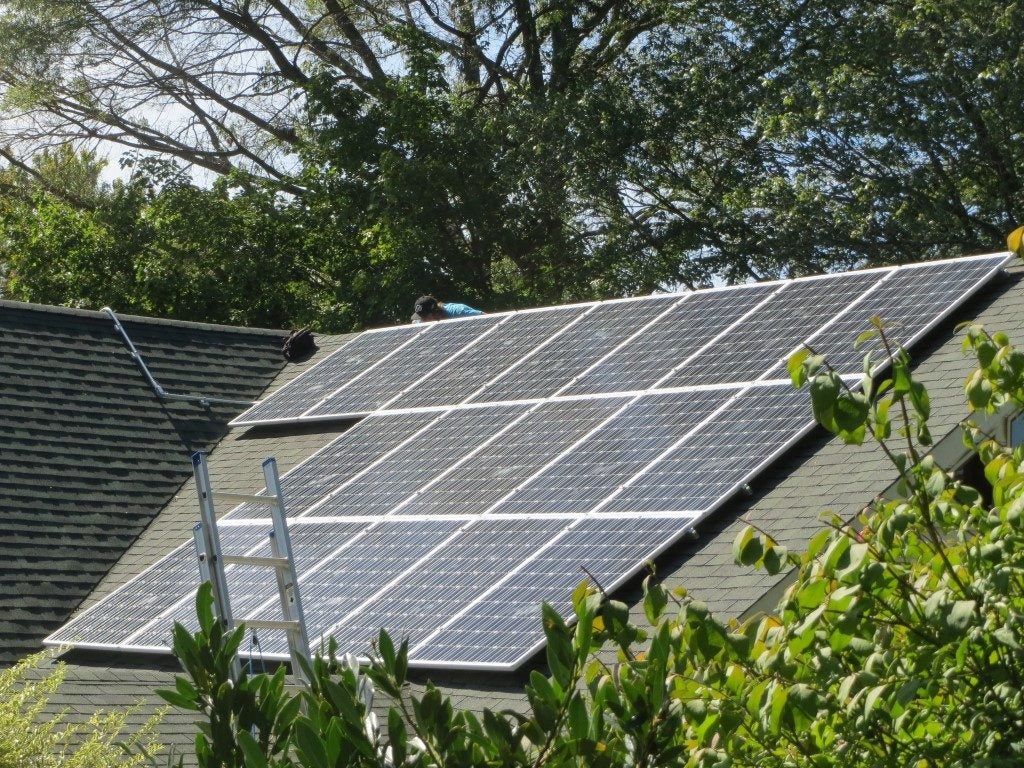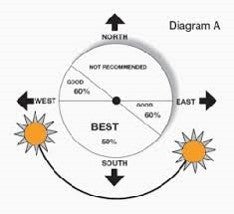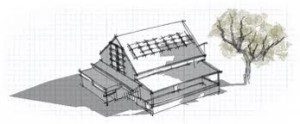What makes a roof good for solar?

So you want to go solar. Great! The first question to answer is if your roof is right for solar. There are four factors that determine if solar will thrive on your roof: angle, shading, surface, and strength.

The first factor is your roof’s orientation. Ideally, you should have a south-facing roof. South-facing roofs maximize the amount of sunlight your panels collect. The more sunlight they collect, the quicker you can pay off your system with the electricity it generates. If your roof faces due east or west, it is still possible to go solar, but the panels will produce less energy (about 75% of what a south-facing roof would produce). If you have a flat roof, the panels can be installed to face due south no matter how your roof is oriented.
Once you’ve determined that your roof faces the right way, the next step is to ensure that your roof is not shaded. The portions of the roof where solar will be installed should be free of shade for most of the day, as shade can significantly reduce electricity production. Trees, chimneys and dormers are factors that can cause shading on a roof. If you’re not sure if your roof is shaded, an installer can use a tool called a solar pathfinder to figure out if trees or other objects will cast shade during the day.

Solar systems are most efficient when they are installed in a large interrupted space. Things like dormer windows, chimneys, vents, skylights, air conditioning units can be obstacles to installing a system.
Finally, if your roof is more than 15 years old or you plan on replacing the roof, you may want to consider replacing it when you purchase the system. Most solar vendors recommend using roofing material that will last as long as the system, which is about 25 to 30 years.

Many prospective solar customers are concerned about the additional weight of solar panels on their roof. Solar panels are not particularly heavy. Their weight is spread out across the entire length of the roof. This dissipates the system’s weight.
Before installing a solar system, all installers have to determine the permitting and installation requirements for the “authority having jurisdiction”. Most often this authority is the county or city. A permitting official for the county or city reviews engineering plans for the propose system and ensures that the proposed system meets engineering requirements and can be supported by your roof. Installers have a vested interest in ensuring their installation does not damage your property, since they are responsible for any damages caused under their labor warranty.
